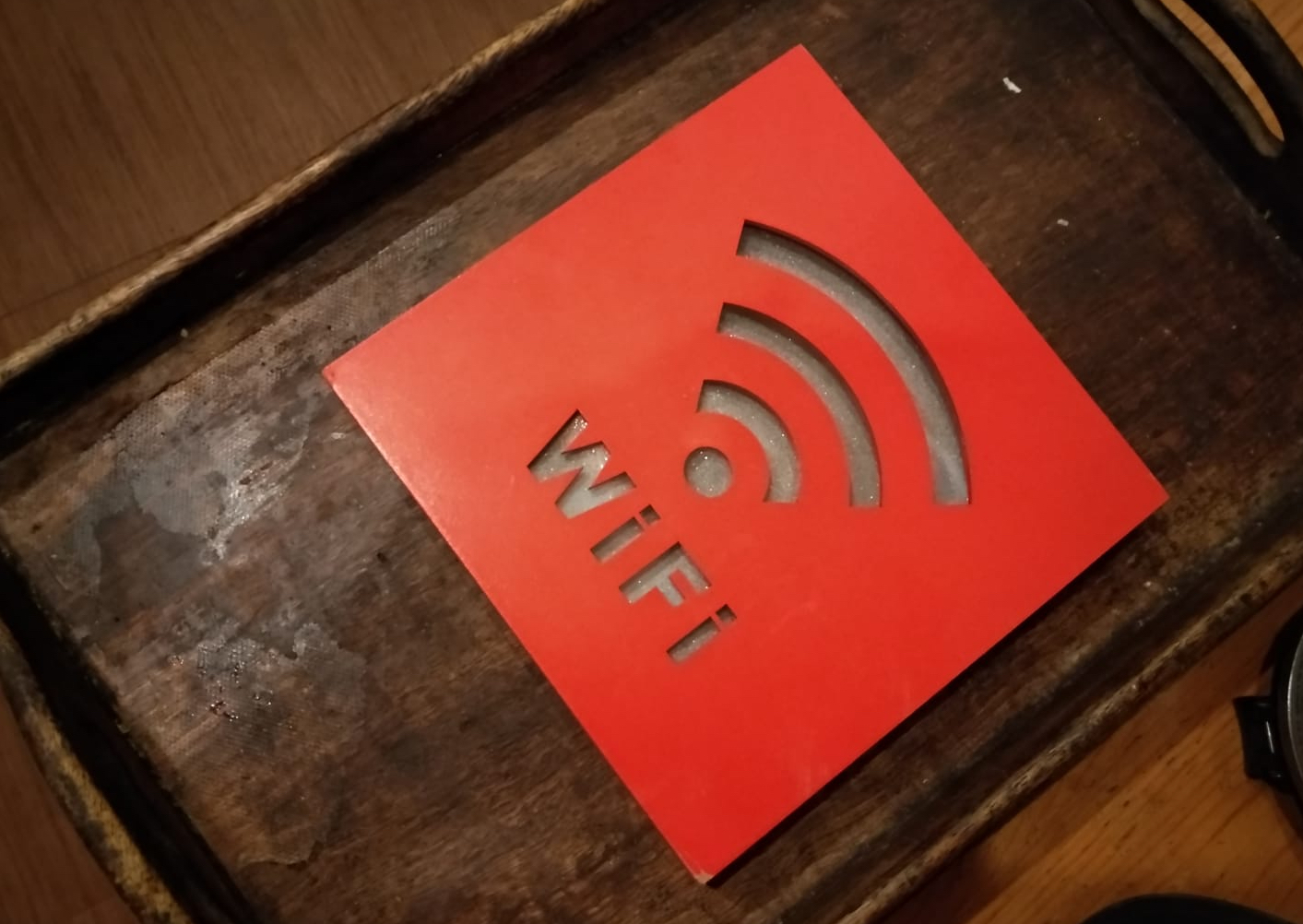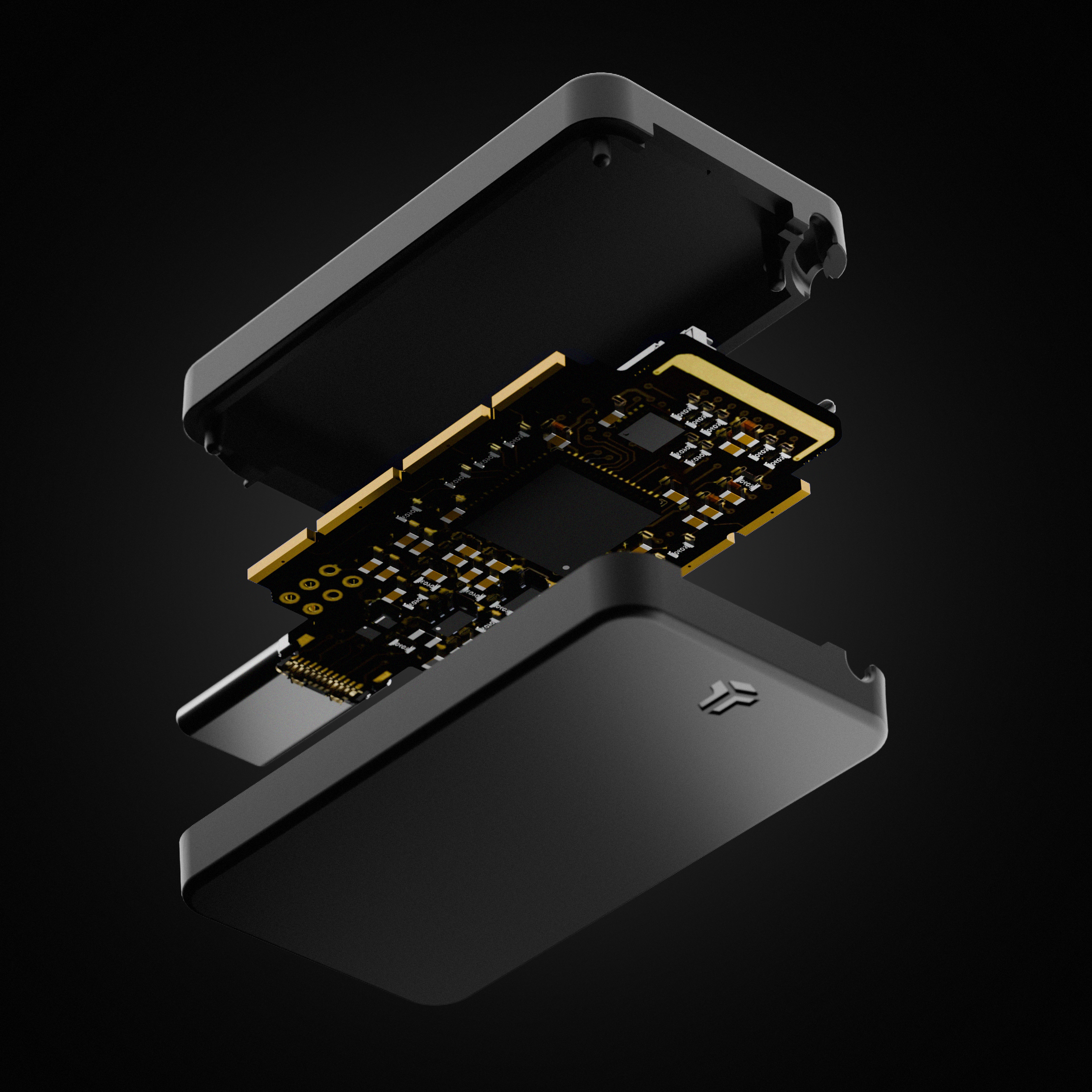With 98% Mobile Coverage, Do We Still Need Public Wi-Fi? PM WANI Tariff Debate Heats Up

Wi-Fi connectivity’s value is diminishing today, Chief Regulatory Officer of Bharti Airtel, Rahul Vatts, pointed out during the Telecom Regulatory Authority of India (TRAI) open house discussion on the tariff for Prime Minister Wi-Fi Access Network Interface (PMWANI) Scheme. “Despite successive upgrades, studies today show that newer WiFi generations are offering only marginal gains with performance severely limited by the distance,” Vatts said, arguing against the need for public Wi-Fi hotspots as envisaged under the PM WANI scheme. For context, PM WANI is a scheme that aims to provide people in the country with internet access via public Wi-Fi hotspots. Under the scheme, Public Data Offices, PDOs (which include anything from a kirana store to a tea shop, operate Wi-Fi hotspots without paying a license fee. TRAI first proposed rationalising the cost of internet access for these PDOs in August 2024, stating that telcos should charge PDOs the same amount that they currently charge for other retail broadband connections. However, after pushback from the telecom industry, in January this year, TRAI altered its recommended tariff to nothing more than twice the tariff currently applicable for retail broadband Fiber-to-the-Home (FTTH) plans. Based on the open house discussion, neither the telcos nor the other stakeholders are happy with the updated tariff order. Key points from the discussion: Using mobile internet instead of public Wi-Fi: Vatts mentioned that mobile networks today are ubiquitous, highly reliable, and offer competitive data tariffs, making Wi-Fi almost redundant for most users. He explained that the rationale behind public Wi-Fi was to increase internet penetration and provide cheaper tariffs. “Today, mobile networks cover nearly 97-98% of the geographical mass. It’s also one of the cheapest data tariffs,” he added. PM WANI adds value to telco services: During the open house, TV Ramachandran, the President of the Think Tank Broadband India Forum (BIF), explained that PM WANI is technologically neutral and not in competition with telecom companies. “It [the PDO] has to give the traffic to the operators, mobile operators, for transmission,” Ramachandran explained, adding that in doing so, it adds value to a telco’s network. Similarly, Sai Manapragada, the CEO of the WiFi aggregator platform, XiFi Networks, stated that telecom companies need to think of public hotspots under PM WANI as a way to increase their user base. “If you look at the number of FTTH connections that the ISPs [internet service providers] and telcos are enjoying this today, it could be 10, 20, or 50 times higher. And PM-WANI is a program that actually gives them a chance to expand that footprint.” Manaparagada mentioned. He added that telcos could market value-added services and over-the-top services (OTTs) to this expanded user base. Others, like Senior Deputy Director General of BIF Debashish Bhattacharya, added that PMs ensure last-mile connectivity to ensure that underserved areas get access to the internet. Public Wi-Fi does not expand internet reach: Vatts, on the other hand, argued that it is important to consider how users are accessing the internet through the PM WANI Scheme. “If it is a device, most probably it’s either a laptop or a phone or a pad [tablet]. If that is already there, most probably, there is already a SIM available to the person who’s using it,” he added, suggesting that the user could just as well access the internet through mobile networks instead of a public hotspot. He also went on to pushback against the argument that public hotspots will expand internet reach, stating that it is unclear how hotspots would do that given that they rely on telecom companies network infrastructure for their services. Similarly, Deputy Director General of the telecom industry body Cellular Operators Association of India (COAI), Savjit Soin, added that by virtue of the fact that a telco is providing bandwidth to a telecom company in a specific area, it means that the telco has served the area. PM WANI as the UPI of telecom: Bhattacharya argued that PM WANI is the de facto UPI of the telecom industry. “This is what actually has been envisaged also by the Bharat 6G vision,” he said. He explained that the 6G Vision talks about enabling 50 million public Wi-Fi hotspots under the PM WANI scheme. Responding to this, Soin pointed out that in the case of UPI, the government itself is subsidizing UPI services for everyone to use for free. “We are talking of a different architecture of use which is being propounded, where a business arbitrage is being created, where one business is being told to subsidize another business for its growth. The irony is that it’s not only for its growth, it’s also that the business that is providing the subsidy is also supposed to provide the infrastructure and cater for the infrastructure and the infrastructure growth in the future. Without deriving the cost that should naturally accrue to it,” Soin explained, pushing back against the UPI example.Advertisements No difference between FTTH and PDOs: Arguing against FTTH comparisons in response to the August tariff order, certain stakeholders had informed TRAI that commercial/backhaul arrangements have a significantly higher internet consumption than retail (or FTTH) ones. For context, backhaul connectivity is infrastructure that connects a local network to the core network to ensure access to the internet. Bhattacharya, however, argues that there is no difference between the internet bandwidth that a PDO requires and that a home Wi-Fi connection requires. “At home, there are multiple users and devices that authenticate through the WiFi password to avail internet services. Similarly, at the PDO’s small shop, the end users or the devices automatically authenticate through the PMWANI-defined process, which is an initial one-time authentication through the mobile number,” he explained, adding that it does not make sense to call retail connections internet access and PDO connections ‘backhaul connectivity’. Bhattacharya mentioned that in the absence of a scheme like PM WANI, the security of Wi-Fi networks will get compromised with users sharing Wi-Fi passwords of a single broadband connection in places like private study centers and restaurants. Cybersecurity threat from public Wi-fi: Pushing back against Bhattacharya’s point about KYC under the PM WANI scheme, Soin argued that KYC is only a mere authentication activity. COAI made similar points in its written submission to the regulator, stating that as a result of the shared nature of public Wi-Fi, people consider them less secure than mobile data connections. To this, Manapragada responded, stating that “it is unfair to belittle the security of WANI, which has been worked on by consultation after consultation, and it has been made into a document where it is not just an OTP.” He added that there are three security checkpoints in the WANI ecosystem— the user’s device, the PDO’s access point and the network side security checks. On the network side, PM WANI has public data office aggregators (PDOAs, which authenticate end users) and a central registry (under the Center of Development for Telematics, C-DOT) that maintains the data of the ecosystem. Also read: TRAI Proposes Tariff Cap for PDOs: Double the Rate of Retail Broadband to Boost Public Wi-Fi Access India Relaxes Public Wi-Fi Rules: Small businesses Can Now Operate Wi-Fi hotspots Without Commercial Agreement TRAI Backs Affordable Broadband Rates to Lead PM-WANI Public Wi-Fi Expansion


